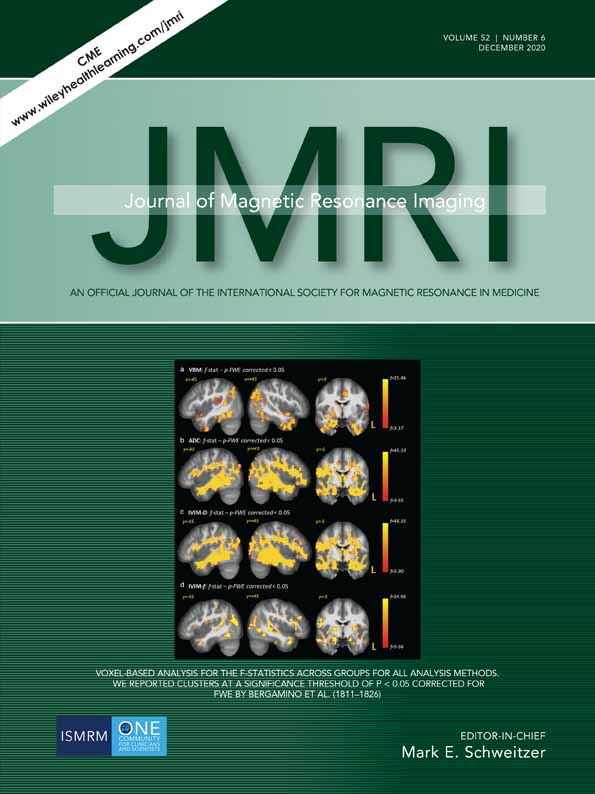High-Resolution Breast MRI Reconstruction Using a Deep Convolutional Generative Adversarial Network
# Co-first authors The first two authors contributed equally to this work.
Abstract
Background
A generative adversarial network could be used for high-resolution (HR) medical image synthesis with reduced scan time.
Purpose
To evaluate the potential of using a deep convolutional generative adversarial network (DCGAN) for generating HRpre and HRpost images based on their corresponding low-resolution (LR) images (LRpre and LRpost).
Study Type
This was a retrospective analysis of a prospectively acquired cohort.
Population
In all, 224 subjects were randomly divided into 200 training subjects and an independent 24 subjects testing set.
Field Strength/Sequence
Dynamic contrast-enhanced (DCE) MRI with a 1.5T scanner.
Assessment
Three breast radiologists independently ranked the image datasets, using the DCE images as the ground truth, and reviewed the image quality of both the original LR images and the generated HR images. The BI-RADS category and conspicuity of lesions were also ranked. The inter/intracorrelation coefficients (ICCs) of mean image quality scores, lesion conspicuity scores, and Breast Imaging Reporting and Data System (BI-RADS) categories were calculated between the three readers.
Statistical Test
Wilcoxon signed-rank tests evaluated differences among the multireader ranking scores.
Results
The mean overall image quality scores of the generated HRpre and HRpost were significantly higher than those of the original LRpre and LRpost (4.77 ± 0.41 vs. 3.27 ± 0.43 and 4.72 ± 0.44 vs. 3.23 ± 0.43, P < 0.0001, respectively, in the multireader study). The mean lesion conspicuity scores of the generated HRpre and HRpost were significantly higher than those of the original LRpre and LRpost (4.18 ± 0.70 vs. 3.49 ± 0.58 and 4.35 ± 0.59 vs. 3.48 ± 0.61, P < 0.001, respectively, in the multireader study). The ICCs of the image quality scores, lesion conspicuity scores, and BI-RADS categories had good agreements among the three readers (all ICCs >0.75).
Data Conclusion
DCGAN was capable of generating HR of the breast from fast pre- and postcontrast LR and achieved superior quantitative and qualitative performance in a multireader study.
Level of Evidence
3
Technical Efficacy Stage
2 J. MAGN. RESON. IMAGING 2020;52:1852–1858.




